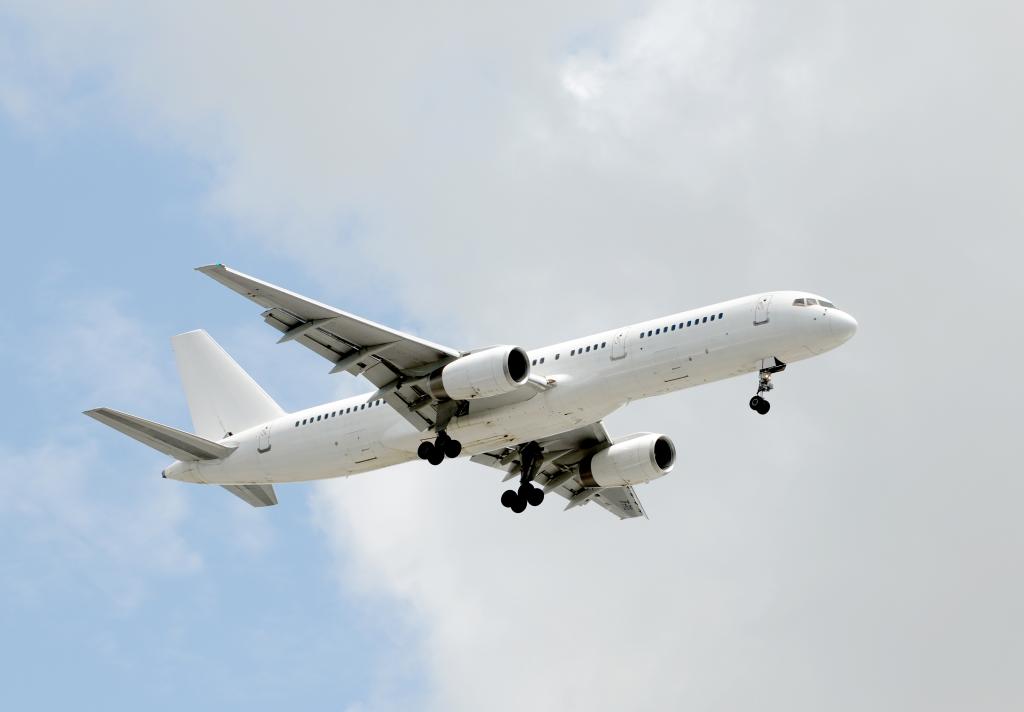Airplanes are typically painted white for various practical reasons. One key advantage of white paint is that it reflects sunlight, helping to keep the interior of the plane cooler on hot days when it is parked on the tarmac. In addition to this, white paint is also lighter in weight compared to dark-colored paint, which is crucial for aircraft efficiency. Lighter paint means the plane weighs less, resulting in better fuel efficiency and ultimately lower operating costs for the airline.
Moreover, the visibility of wear and tear on white paint is another reason why airplanes are often painted in this color. Cracks and corrosion are more easily spotted on a lighter varnish, allowing maintenance crews to identify and repair issues promptly. Additionally, white paint is less prone to fading due to exposure to harsh UV rays at high altitudes, reducing the need for frequent touch-ups on the exterior of the aircraft. This durability helps to maintain the appearance of the plane over time.
White paint also has safety benefits in terms of bird collisions. Although it may seem counterintuitive, the stark contrast between the blue sky and a white aircraft makes planes more visible to birds, reducing the risk of in-air collisions. This increased visibility of the aircraft can help mitigate the potential hazards posed by birds flying near the aircraft. The distinct color of white planes makes them easier to spot against the sky, contributing to overall safety during flights.
Interestingly, airplanes did not always have white exteriors. Prior to the 1970s, many aircraft flew unpainted, appearing as shiny, aluminum capsules in the sky. Airlines began transitioning to white exteriors around that time, with the last carrier to fully adopt the all-white finish being American Airlines in 2013. Since the introduction of the “Euro-white” livery by Air France in 1976, the all-white fuselage look has become increasingly standard in the airline industry, with many carriers adopting this color scheme for their planes.
One notable exception to the white paint standard was the short-lived Air France Concorde that was painted “Pepsi blue” in 1996 as part of a marketing campaign with the soda company. Despite the aesthetic appeal of the blue paint, the jet only maintained this color scheme for two weeks before returning to its original paint job. The standardization of white paint on airplanes reflects the industry’s focus on practicality and efficiency, while occasional deviations from this standard are often short-lived and driven by marketing considerations rather than functional reasons.
In conclusion, the choice to paint airplanes white is based on a combination of practical considerations, including temperature regulation, weight efficiency, visibility of wear and tear, durability, and safety from bird collisions. While airlines may occasionally deviate from the all-white standard for short-term marketing purposes, the industry has largely adopted the white paint scheme as the norm due to its numerous practical benefits. The consistent use of white paint on airplanes reflects the industry’s commitment to efficiency, safety, and cost-effectiveness in aircraft operations.















